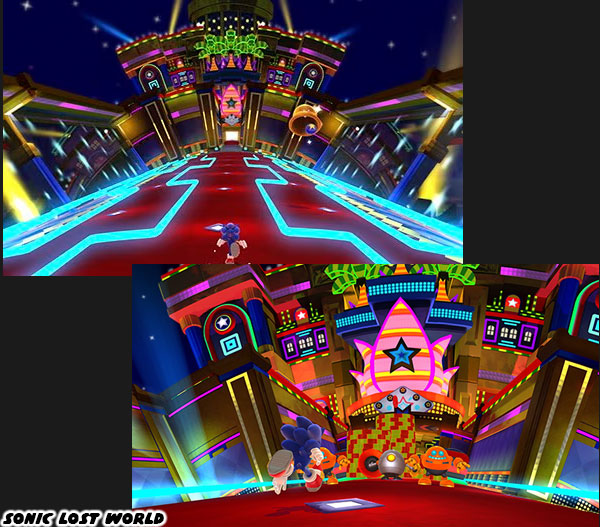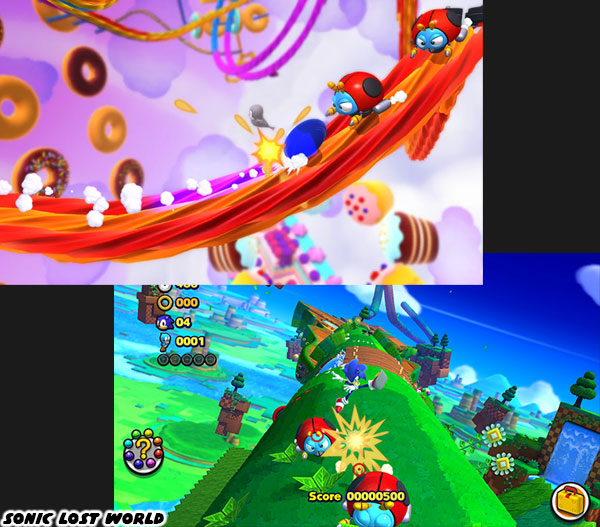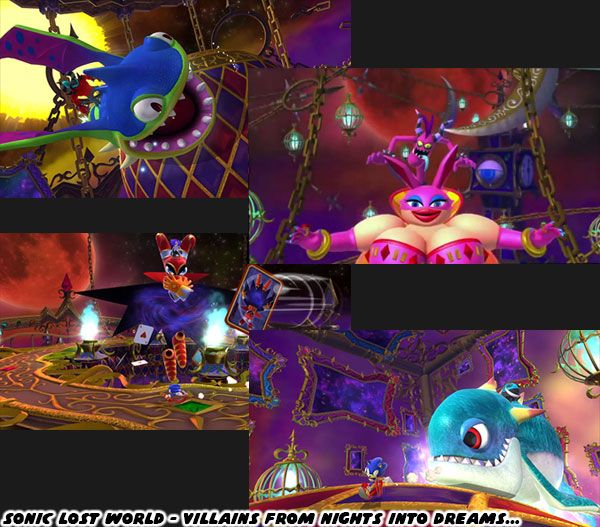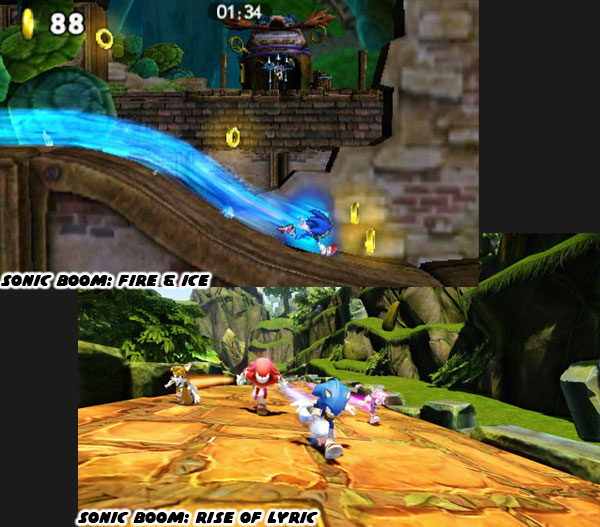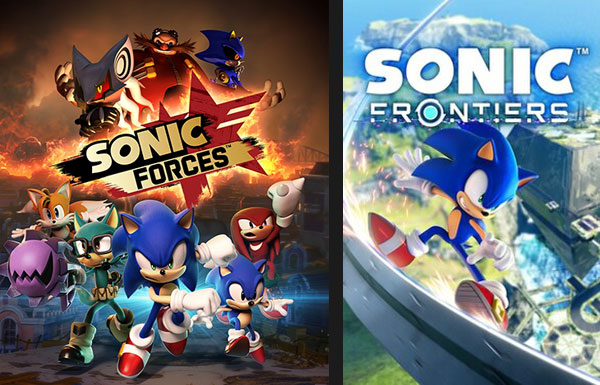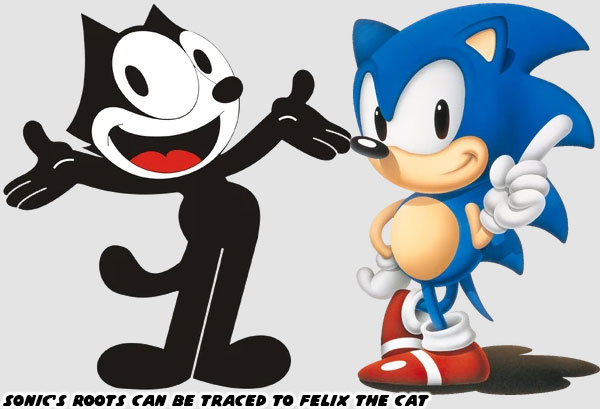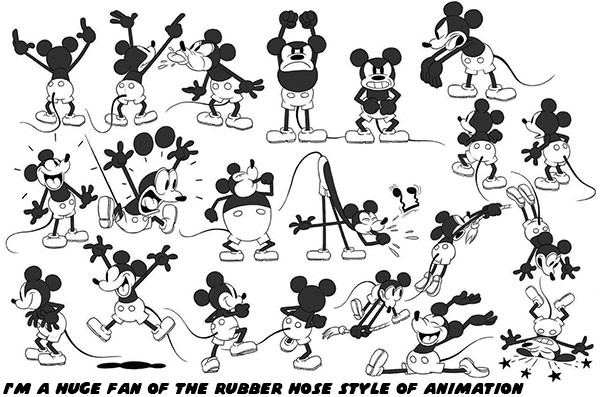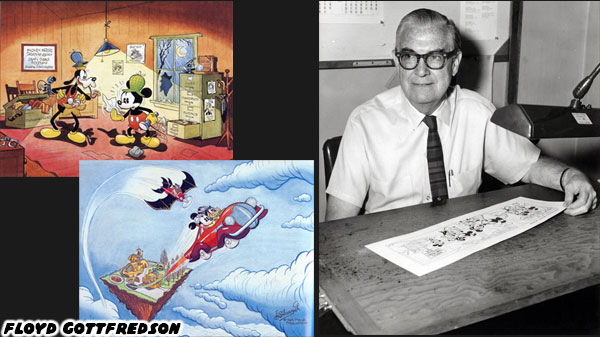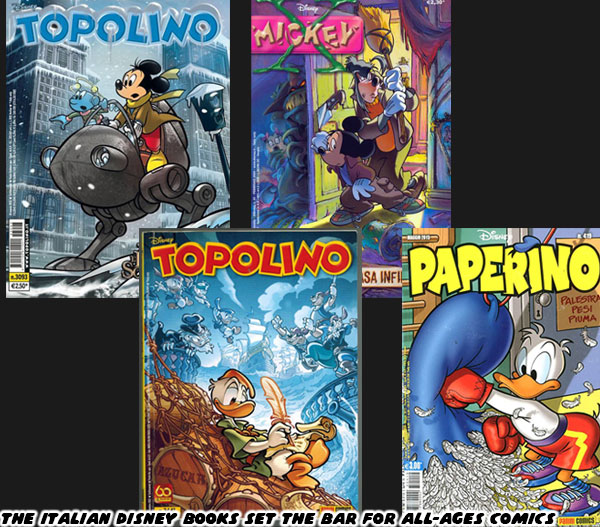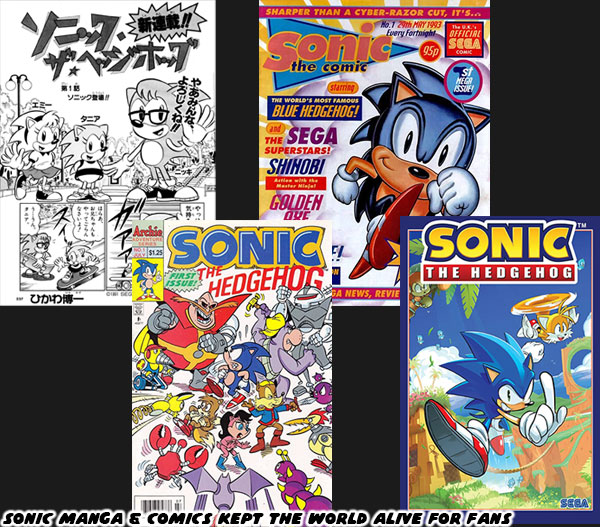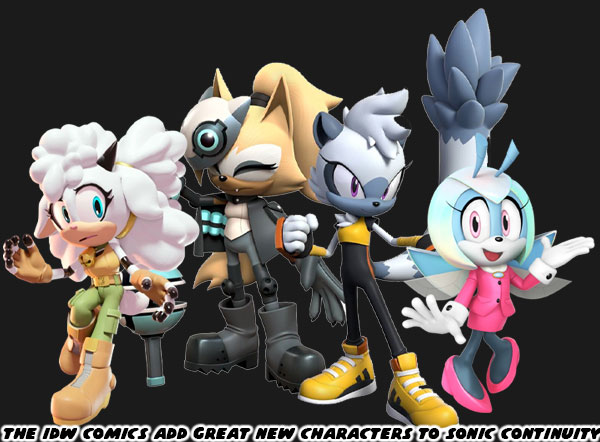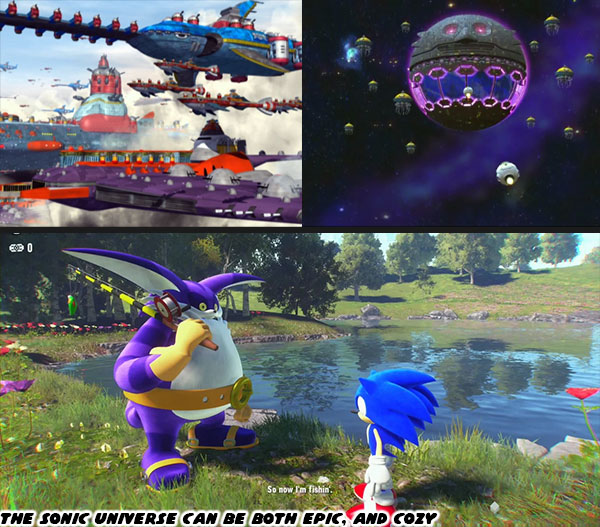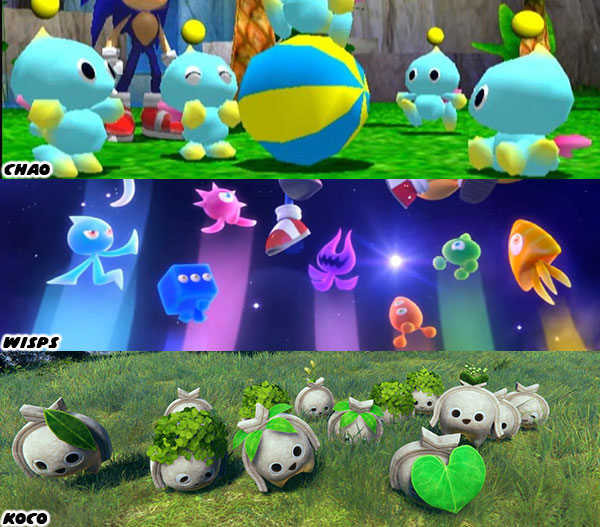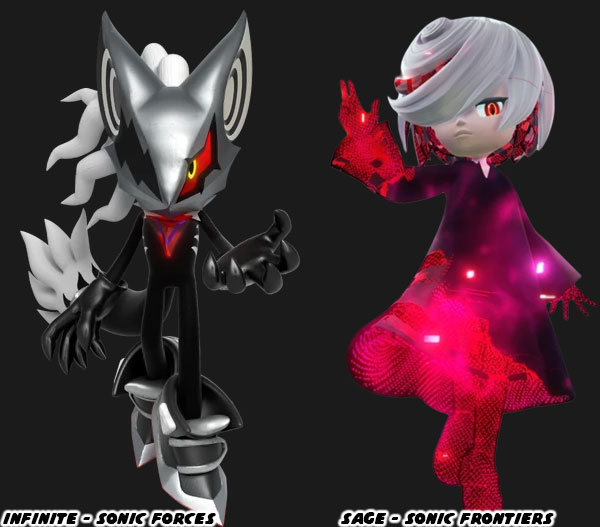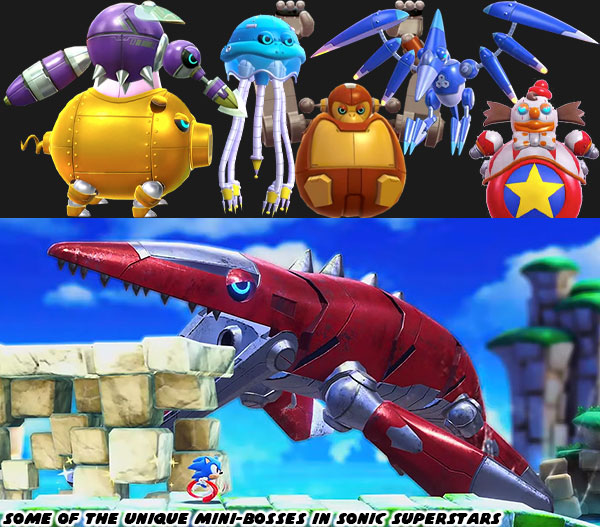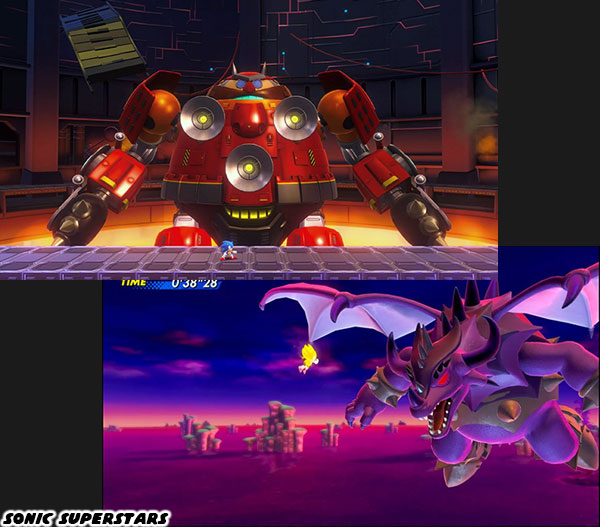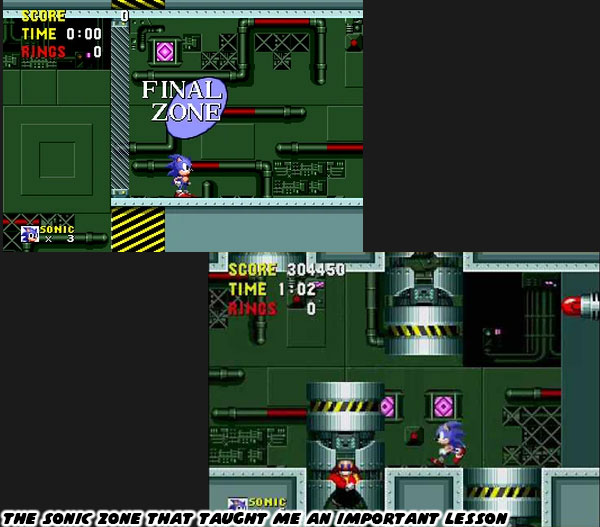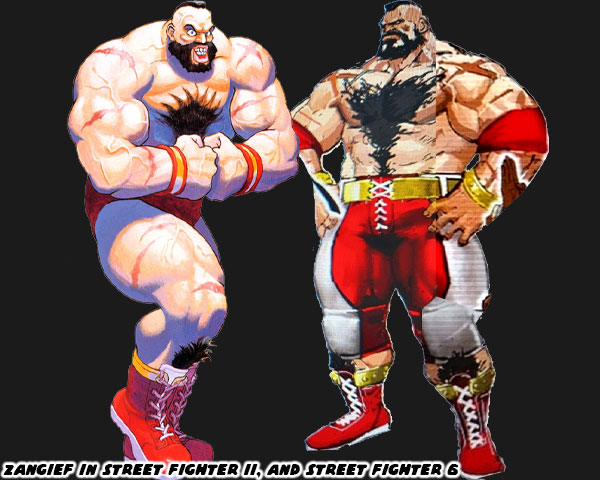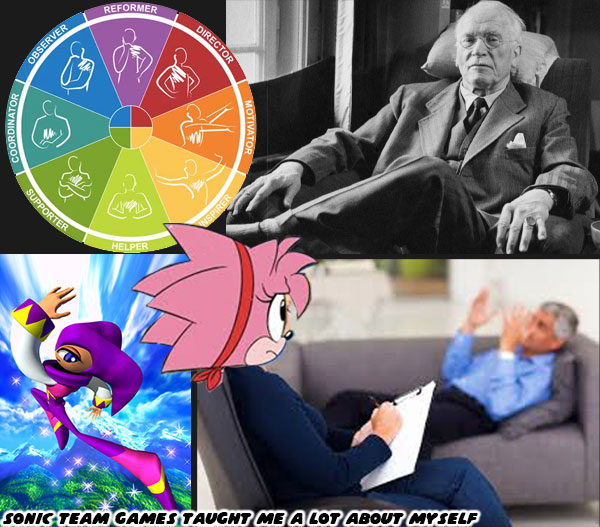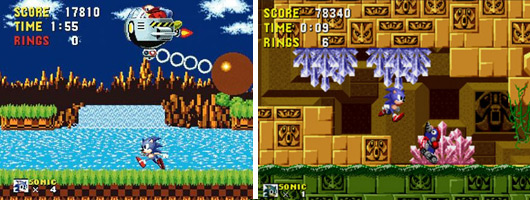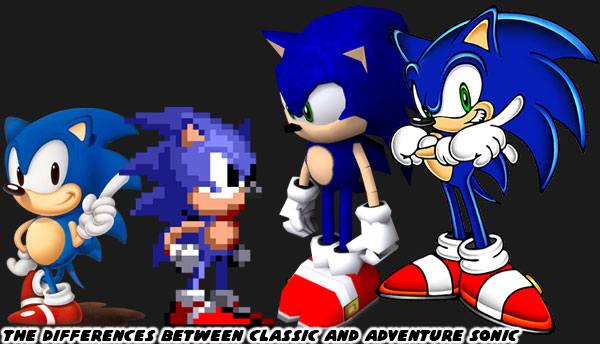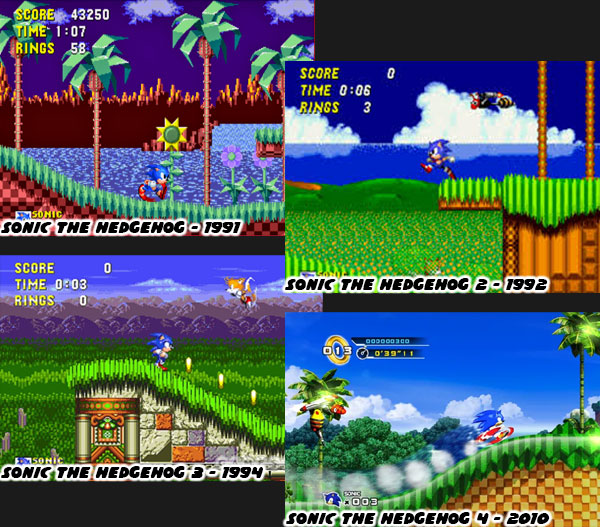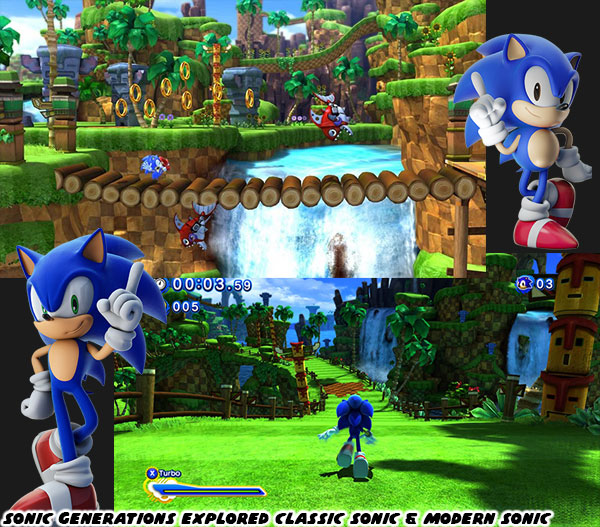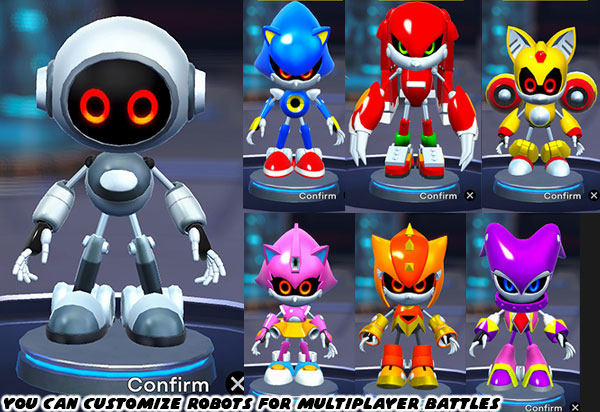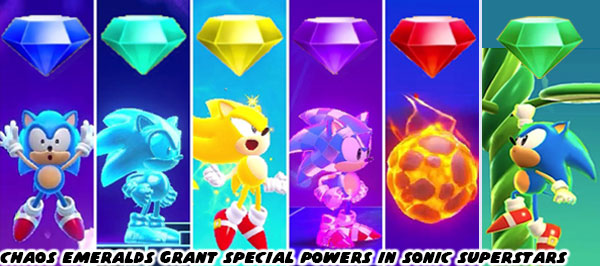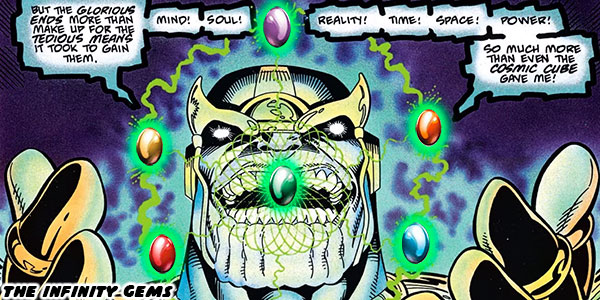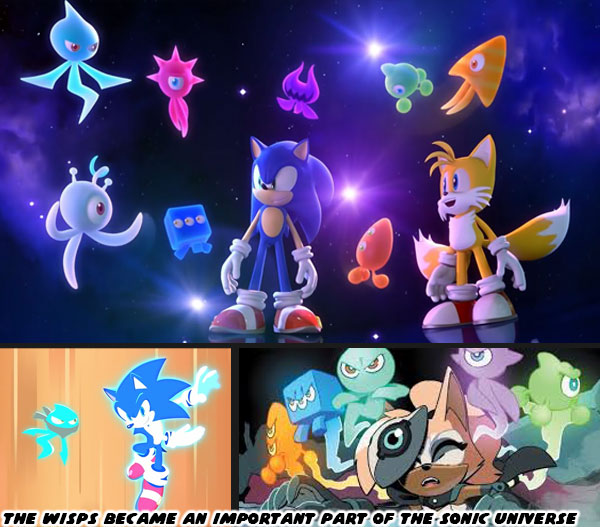Hello friends. I hope that you are doing well. I wanted to do a follow up on my love of Sonic Team. Writing about the developers made me realize that I hadn’t played any new Sonic titles in a few years. Part of the reason why was because a lot of the people that made up the core of the original Sonic Team had retired or moved on to different companies. Plus many of the latter 3D Sonic games seemed to be lacking the soul of the titles that I really vibed with. So I stayed clear of them for a long time. Sonic Mania Plus was the title that reignited my passion for the franchise. The original Sonic Mania came out in 2017. It featured a literal who’s-who of the most passionate members of the fan community. Instead of Sonic Team it was developed by Christian Whitehead, Headcannon, Hyperkinetic Studios, PagodaWest Games, Tantalus Media, and published by Sega. It seemed that it took that many people to rekindle the magic from the early ‘90s.
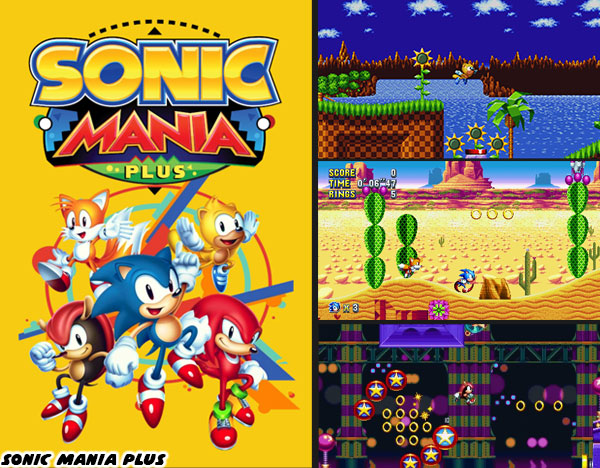
Sonic Mania played like a highlight reel of the greatest moments from the first few Genesis / Mega Drive titles, including Sonic CD. It wasn’t a collection of levels that could be found in an anthology like Sonic Origins (highly recommend!). Instead Sonic Mania had tons of new elements poured in. It was a way for new players to discover exactly why the series was so beloved, and inspire them to check out all the other games in the series. Playing it did more than send me back in time, it updated the experience and pulled it into the modern era. It was instantly embraced by gamers, and critics alike. To remind you about how much I loved the originals I said
Sonic the Hedgehog 2 as my #3 favorite game of all-time. An improved Sonic Mania Plus was released in 2018. In it the developers added even more elements, and most important brought Ray the Flying Squirrel, and Mighty the Armadillo back into the spotlight. These rare characters were easily my favorite duo from the franchise. By extension
I said Sonic Mania Plus had now replaced Sonic the Hedgehog 2 on the list. It turned out that wouldn’t be the only game in recent memory to give Sonic 2 a run for the money.

Sonic Superstars was developed by Arzest, and Sonic Team. It was published by Sega on October 17, 2023. It was reported that the game was a way for Sega to return back to the familiar 2D gameplay while committing the Sonic engine to 3D graphics. That kind of game was more commonly known as a 2.5D title. Several classic titles had sequels in that format for some time. The ones from Capcom including Bionic Commando: Rearmed, Mega Man 11, and DuckTales: Remastered were examples of this. Several of the previous Sonic titles were strictly in 3D, and had mixed reactions from players. The company wanted to move away from sprites in order to make their game appeal to a broader audience.
Unfortunately they stopped the plans for a Sonic Mania 2, and instead created Sonic Superstars. It was a shame really. I don’t blame the studio for their decision. Developing on 3D was more cost effective for the publisher. It was just good business, although many of us long-time fans did prefer sprite art in certain genres. With that said the game itself very much looked like, and felt like a classic title.
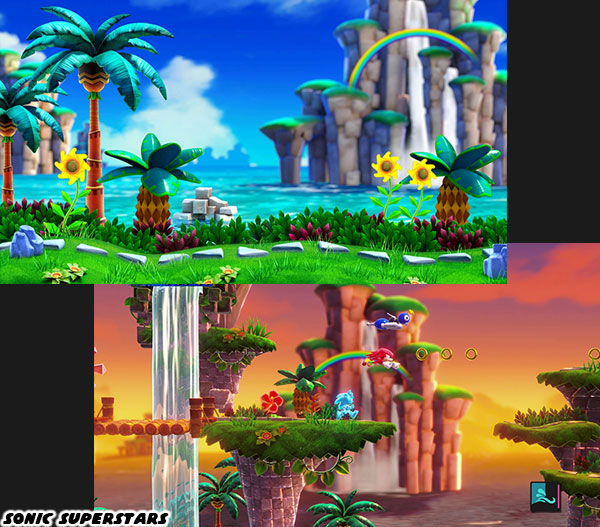
Sonic Superstars preserved the aesthetic of the early titles in a way that was hard to describe. The environments, architecture, landscape, and level layouts in the early Sonic games weren’t quite comic book, anime, or cartoon, but something in between all three. It’s hard to understand exactly what I’m referring to unless you played through them. The construction of the stages, or zones in Sonic Superstars honored the original Sonic Team art. The 3D environments were not a recreation of classic zones but instead they were new places that complimented everything that came before. I’m talking about islands, deserts, snowy mountains, and hidden temples. I instantly felt at ease running through the environments because they were so well done. There were branching paths, long coaster-like sections, narrow platforms, and tight jumps to navigate. They mirrored the best elements in any of the classic 2D Sonic titles.
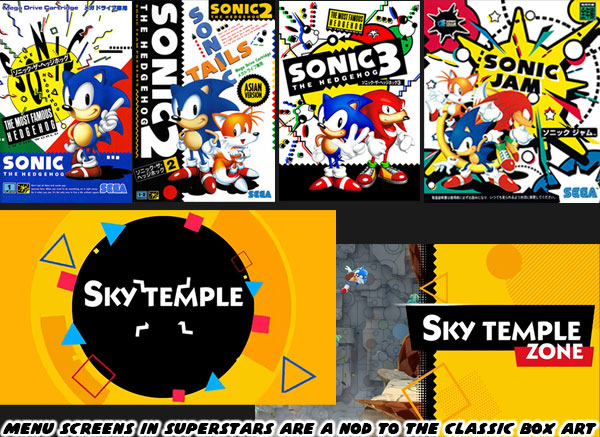
The team at Arzest understood the nuances in the graphics, and design of the classic (pre Sonic Adventure) games. Superstars was layered with obvious, but also subtle nods to more than 30 years of Sonic history. There were no throw away details to be found. As a lifelong fan I was able to appreciate the big, and the little things. For example the the look of the menus, and loading screens had familiar geometric shapes, dashes, and jagged angles. The original title, and its sequels would use the bright colors, and shapes in every loading screen. We had seen variations of these elements in other games. These were sometimes synonymous with late ’80s / early ‘90s graphic design. If you knew your history however they were a direct nod to the original series Japanese box art. This was far from the only thing the developers used to make the game look, and feel like a Sonic game.
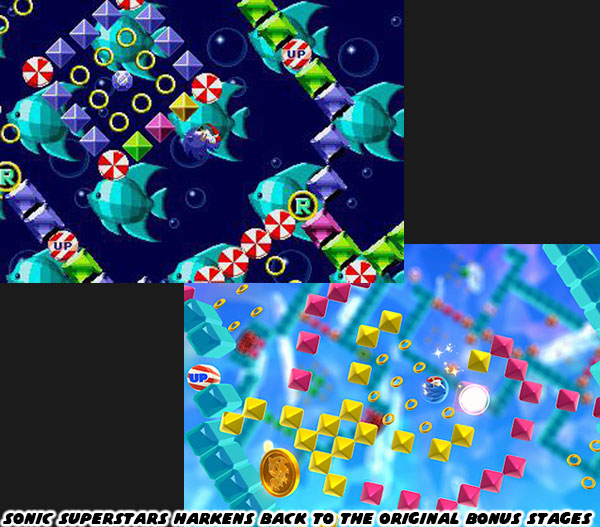
There were different bonus stages in Superstars that took equal turns in 2D, and 3D mechanics. As with all of the bonus stages throughout the franchise they required patience, and timing to become proficient at. One of which that I never thought would return were the spinning mazes from the original title. Way back in 1991 the idea of a rotating level was thought impossible on the Sega hardware. The Sega Genesis did not have a mode that allowed the hardware to scale or rotate sprites, unlike the Super Nintendo’s fabled Mode 7. The rotating mazes in the first Sonic were a programming masterpiece from Yuji Naka. It wouldn’t be the only time he showed his peers how much performance he could get out of the hardware. The bonus stages in the original Sonic were difficult, but not impossible to navigate. The updated version from Superstars actually featured layers of the spinning maze to navigate through. Plus they added new game play features with branching maze paths, and switchable paths to make them fresh. Revisiting the bonus stages could reward players with gold Sonic tokens which could be used to buy elements for the multiplayer games. More on that in a moment.
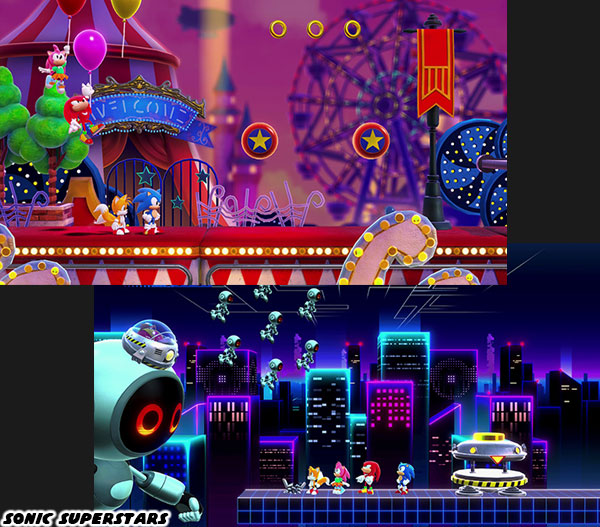
Capturing the aesthetic of those early games was only a small part of what Sonic Team, and Arzest were able to achieve. Moving the visuals to 3D allowed the developers add effects that were impossible on older technology. For example they could light the zones in a warm morning glow, or a bright midday sun. They even had some stages set at dusk, lit by moonlight, or with weather elements including clouds, dust, and fog. These details added tons of atmosphere without breaking the classic feel. Moreover the game gave audiences the ability to play through the adventure with different characters. Sonic, Tails, Amy, and Knuckles were all playable from the get-go. A new character Trip the Sungazer could be unlocked as well.

The attention to detail that went into the menu design, bonus stages, and world building was doubled on the heroes. The artists at the studio managed to create some of the best 3D models I had ever seen in the classic style. They also layered them with personality through their various animation cycles. Little things like the way the characters looked up, and down, when they balanced on the edge of a platform, and even how they changed their stance during an idle were are pulled from their earliest appearances. Moreover they added new details, for example when pushing a heavy object we could see the mascots struggling. They made facial expressions, and their legs trembled as they pushed a heavy weight. These were negligible to casual audiences, but instantly noticed by the veteran players. What I greatly appreciated in the animation was how the entire story was told through pantomime. There was no dialogue, no exposition, not explaining what was happening. The characters traveled through an adventure without any recorded audio. Dr. Eggman was especially memorable as he mocked the heroes. He would open his mouth wide as he laughed at them from the comfort of his Egg Mobile, then quickly panic with flop sweat as his plans fell apart.
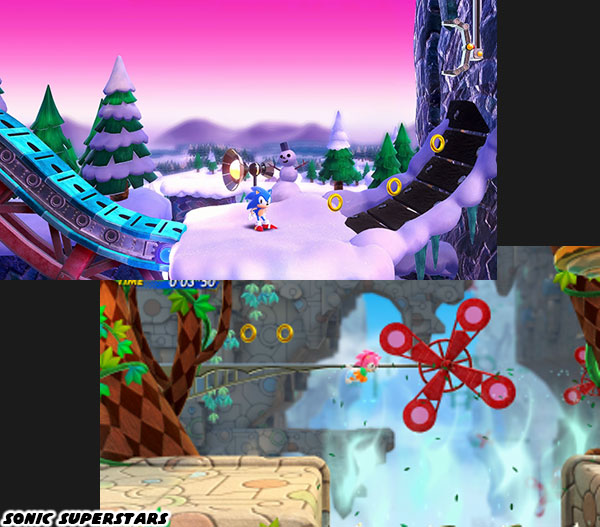
A great portion of the design work, and animation stylings featured in Superstars were coming from the talented hands of
Tyson Hesse. The creator was a master cartoonist, and storyteller. As a fan he had the insight as to what made Sonic a beloved character to the community. He helped Sega make the Sonic universe relevant to a new generation through his art, and direction. When the “Ugly Sonic” movie trailer was released the fan backlash was immediate. Thankfully Sega and Paramount realized their mistake and consulted with Tyson to help redesign the characters for the movie, and it’s sequels. In addition to that he directed several animated shorts, including
Sonic Mania Adventures. The series of cartoons told an entire story featuring the cast of Sonic Mania Plus, but did so without any dialogue. It demonstrated that storytelling through pantomime could be universally understood. It was expanded upon in the Sonic Superstars follow up.
The animated short Trio of Trouble explained what Dr. Eggman was up to, and how he had recruited the services of Fang the Hunter, and Trip the Sungazer. Directors Evan Stanley and Tyson Hesse again manage to do all this without any dialogue.
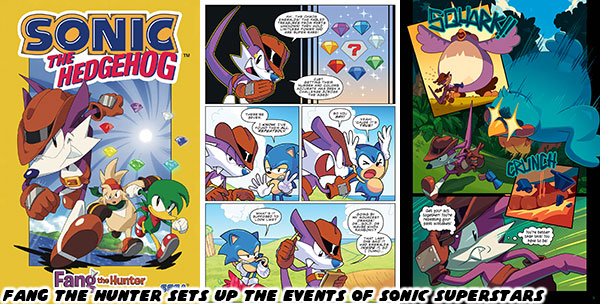
For the fans that wanted to dive even deeper into this world
IDW Publishing released the Fang the Hunter series. It was the precursor to the Trio of Trouble, and everything that happened in Superstars. The animation, comic, and game were beautifully made. There was much more that I wanted to highlight in Superstars. I'll dig deeper in the next entry to this series. Did you get a chance to play this game? If so what were your thoughts. I’d like to hear about it in the comments section. As always if you would like to sponsor me
please visit my Patreon page and consider donating each month, even as little as $1 would help make better blogs and even podcasts!

